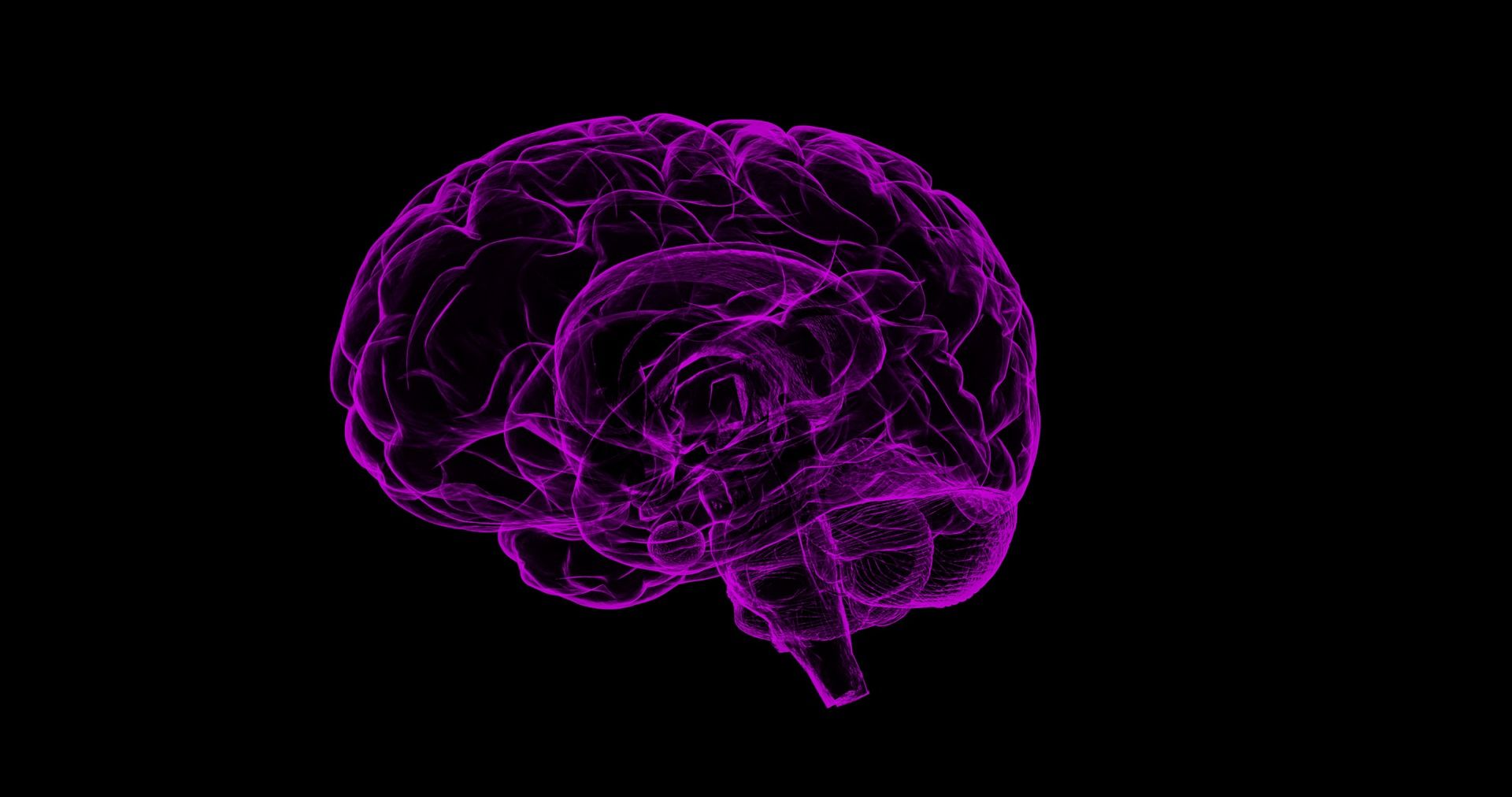Understanding Your Brain: What Happens in Our Brains When We Learn?
The human brain is a mystery we are still trying to understand. Read on and discover just how it all works.

The human brain is a mystery we are still trying to understand. The complexity of the brain and how it works has been studied for centuries and there are still so many unanswered questions but there have been huge strides in recent years in how the brain functions and if you are interested in knowing more about how we learn and what parts of our brain are active when we are learning, read on and discover just how it all works. You might find knowing how your brain works will give you an advantage when it comes to your studying.
Brain basics
Let’s start with some brain basics, shall we? The brain is composed of over 85 billion neurons, each neuron acts like a messenger, sending information from one neuron to another. It is these electrical signals that allow us to do everything from talking, writing, thinking, moving, and perceiving the world around us. Amazing! But it isn’t as simple as just that, there are so many components and actions in the brain that allow us to be the humans that we are.
The structure of your brain
Let’s find out more about the architecture of the brain. To begin with, it’s important to know that there are three basic units in the brain, the forebrain, the midbrain, and the hindbrain. Firstly, the forebrain, which is the part of the brain that contains some of the brain’s most significant functions, the forebrain is responsible for how we think and imagine, hold memories, recognize faces and plan activities. The cerebrum, which sits at the topmost part of the brain is split into two hemispheres, they appear to be identical, almost a mirror image of each other but they couldn’t be more different, one side gives us the ability to form words, whereas the other controls abstract reasoning skills. You’ve probably heard of the left or right brain theory. That some people use more than one side of their brain than the other but there is no such evidence to suggest this.
The way we think
So how do our thoughts come to be? To put it simply, the cerebral hemisphere of the brain is divided into sections or lobes and each lobe has a specific function. The two frontal lobes are responsible for planning, imagining, or reasoning. Near the left frontal lobe, there is Broca’s area which allows thoughts to be transformed into words. How cool is that? When you are studying, you are probably wondering what parts of the brain are at work. There are two lobes at the back of your brain called occipital lobes. This is where the images processed by the eyes link the information with the images stored in your memory.
Making connections
Remember when we talked about there being 85 billion neurons in the brain? Well, these neurons have an important role in how our brains work. Neurons have three parts, the cell body, the Dendrites, and the Axon. The cell body contains the nucleus, which is where the information is stored, the Dendrites extend from the cell like branches of a tree and the Axon is where the information may travel to another cell or organ in the body. A lot of research has gone into understanding neurons and the place of interest, in particular, is the synapse. This is the location in the cell where a signal passes from one neuron to the next, along the axon into tiny sacs that release neurotransmitters, which are chemicals that allow brain cells to talk to one another.
What happens when we learn?
So how do these connections allow us to learn new things? When we are learning, something phenomenal happens in our brains, we start to create new connections between our neurons, and this is called neuroplasticity. The more time you spend learning that specific skill or recalling that information, the stronger the connection becomes. This is why repetition is a crucial part of studying or learning, if we stop practicing or reading something, the connection between the neurons weakens and it becomes harder to remember what we have retained. So, keep repeatedly activating your neurons by answering questions or using flashcards. Science has also revealed that performing tests or practice exams helps you remember more information than studying alone, so grab a study buddy and get someone to test you on the knowledge you want to learn.
Once you have activated the neuronal connections in your brain when you are learning something new, you are probably wondering how often you should practice or go over the same information. Well, scientists have observed the learning brain and say that taking adequate breaks and sleep in between learning periods can minimize the risk of you forgetting what you have learned in your study session. So to sum up, it’s important to know how your brain works when you learn. Neurons can only form connections through repetition, so make sure you involve this method in your learning. By spacing out your study sessions, you are allowing your brain time to form these new connections and create stronger ones that won’t fade over time. Get to know your brain and what works best for you.
